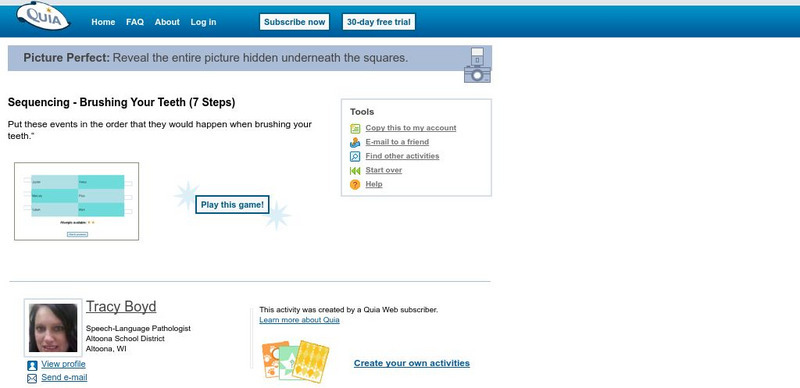Science4Fun
Science4 Fun: Venus
Learn fun facts and details about the atmosphere, geography, composition, and discovery of Venus, the second closest planet to the sun.
Science Fun for Everyone
Science Fun: Solar Eclipse Kit
Create your own solar eclipse with this science experiment. *This experiment is not to be used to look at the actual sun. Looking directly at the sun can be harmful.*
University of Texas at Austin
The University of Texas Mc Donald Observatory: Planet Viewing
Guide to the best time to view planets.
Mocomi & Anibrain Digital Technologies
Mocomi: What Is a Star?
Learn about stars, how they are formed, the biggest and smallest star, what they look like, well-known stars and constellations, and other interesting facts.
NASA
Nasa Space Place: All About Earth
Brief description of the earth's structure, surface, neighbors, and history with images.
NASA
Nasa Space Place: What Is the Kuiper Belt?
Defines the Kuiper Belt and discusses who it is named after and some of the objects floating in the belt.
NASA
Nasa Space Place: Asteroid or Meteor: What's the Difference?
Learn the difference between asteroids and comets, meteoroids and meteorites, and more!
NASA
Nasa Space Place: What Is an Impact Crater?
Brief description of impact craters with images of some of the more famous ones.
NASA
Nasa Space Place: Do a Science Fair Project!
Your science fair project may do one of three things: test an idea (hypothesis), answer a question, and/or show how nature works. Learn the steps involved in a project and get some great topic ideas.
Bill Nye
Bill Nye: Weightless Clothespin
Try this at-home science experiment to learn that that astronauts fly around in space because they are weightless.
Mocomi & Anibrain Digital Technologies
Mocomi: What Is Solar System?
Features 10 fascinating facts about the solar system.
Quia
Quia: Luna and Beyond (Quiz)
A series of questions about the moons of our Solar System is presented in a millionaire game format.
Quia
Quia: Brushing Your Teeth
This site gives you opportunities to practice putting the planets in the correct order from the sun. Press "Click here to begin" to get started.
Other
Uppsala Astronomical Observatory: Planetary Imaging
Images of Mercury, Venus, the Moon, Mars, and Jupiter by the Swedish Vacuum Solar Telescope.
Curated OER
Photojournal
This NASA site provides access to publicly released images from various Solar System exploration programs.
Curated OER
Bill Arnett's Ss Montage
These hands-on activities are are a great way for students to gain perspective on the relative sizes and distances of each planet, the relationship between the sun and Earth, and much more.
Curated OER
There Are Many More Objects in Our Solar System Than the Planets.
This comprehensive site delves into other aspects of our solar system besides the planets and the sun. Click on the topics on the right like solar winds, the heliosphere, the heliopause, asteroids, comets, and more.
Curated OER
Introduction
Did you know that work carried out by Canadian astronomers is recognized as some of the best in the world? Take the Canadian astronomical adventure and learn about light, the universe, celestial visions, astronomers, observatories and...
Curated OER
Nasa: Space Place: Kuiper Belt and Oort Cloud
A diagram of the Kuiper Belt and Oort Cloud surrounding our solar system.
Curated OER
Nasa: Space Place: Solar System Comparative Sizes
This picture compares the sizes of the moons of the different planets in the solar system.
Curated OER
Nasa: Space Place: Planet Size Comparison
See how all the planets in our solar system compare in size.





